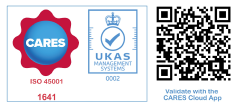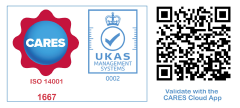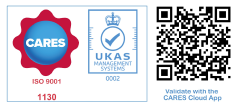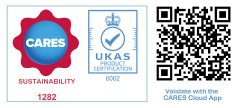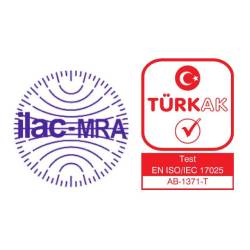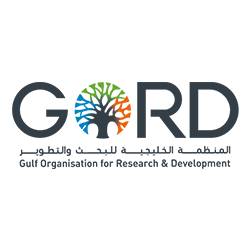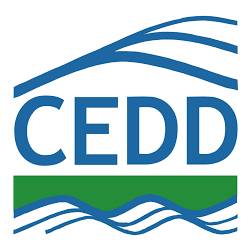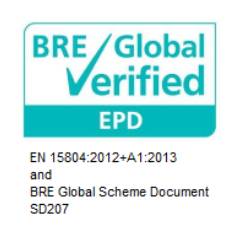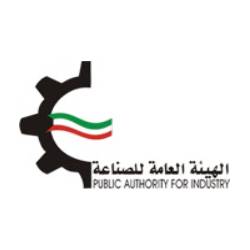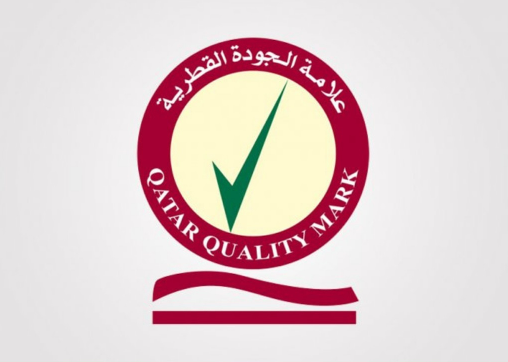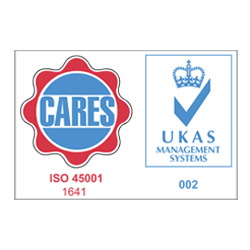Materiality & Maturity Assessment
Our materiality assessment helps us to understand which issues are important to the business and our stakeholders, and therefore where and how to focus our engagement. By defining the needs and interests of our stakeholders, we can also evolve our strategy to better meet their expectations and focus our reporting on the issues that they care about.
Maturity matrix
| Qatar Steel Company FZE Maturity Matrix | |||||
|---|---|---|---|---|---|
| Principles and Practices |
Charateristices of the approach to sustianability in developing organization Observations |
Observations | |||
| Maturity | |||||
| Immature | Adequately Engaged | Full Engagement | |||
| Inclusivity | Stakeholder engagement and issue identification | No issues identification |
Issues that create competetive advantage are addressed and used for publicity |
Relationships with stakeholders nurtured through continued engagement and issues are clearly addressed. |
|
| Integrity | Key Drivers |
Reactive driven by regulatroy, Shareholder and /or investor pressures and cost/return decisions. |
Sustainable Development part of reputation/risk management | Proacive Planning and seeking out opportunities |
|
| Leadership | Adhere to atleast one sustainabe standard | Stay appraised of changes in practice, standards and legislation. |
Lead the market sector on sustianable issues. Sustianable development policy and objectives integrated with organizationsl purpose, vision and values. |
|
|
| Managing Risk | Compliance by book |
Main risks identified and managed but possibly not integrated with sustainable development management system |
Sustinable development policies fully integrated with risk management system Seek to adhere to the principles of risk management rather than simply do the minimum compliance |
|
|
| Stewardship | Sustinable Development Culture |
See Sustanable development as a PR issue only. Only implement sustianble developmnet initiatives with low cost/impact |
See business advantge in sustinable development but still PR/marketing focused. Develop internal/external education program |
Culture of sustinable development is embeded at all levels. Share know how outside the organization |
|
| Building Capacity | Grant employees statutory only | Stimulate innovative learning and empower employees |
Continual reapprasial and training including training that builds capacity for future expansion. Recognise and reward innovatiion in sustinable development. |
Training plan including theortical and practical training regarding quality, environment, H&S and Sustainability is in place. In 2024 Training carried out for Sustainability reporting; Business Continuity Management audit; Supplier pre qualification and evaluation; online stake holder satisfaction survey; ISO Gap analysis; House of Quality by DQG |
|
| Procurement | Lowest Prices and Latest possible payment |
Supplier rating based on technical compliance, cost and delivery time and possibly sustainable development factors |
Recognise that the supply chain has common longterm interests and take those into account Assistance given to lower tiers where necessary |
Suppliers are selected baased on technical compliance, cost, delivery time, environment, safety and human rights performance criteria. Further developments on this are expected in the coming year. |
|
| Environment Assessment | Minimal awarness Defensive posture |
Education and Training Apply environmental policies and standards |
Comprehensive environmental impact/risk, audit integrated in decision making and valued. Prevention rather than cure approach |
|
|
| Transparency | Review | Conventional reporting only | Needs if stakeholders analysed. | Periodic review and adjustment |
|
| Building Confidence | Minimal communication with stakeholders | Selective reporting to predetermined ends |
Stakeholders receving regular and appropriate reporting Building understanding in the stakeholder community |
|
|














